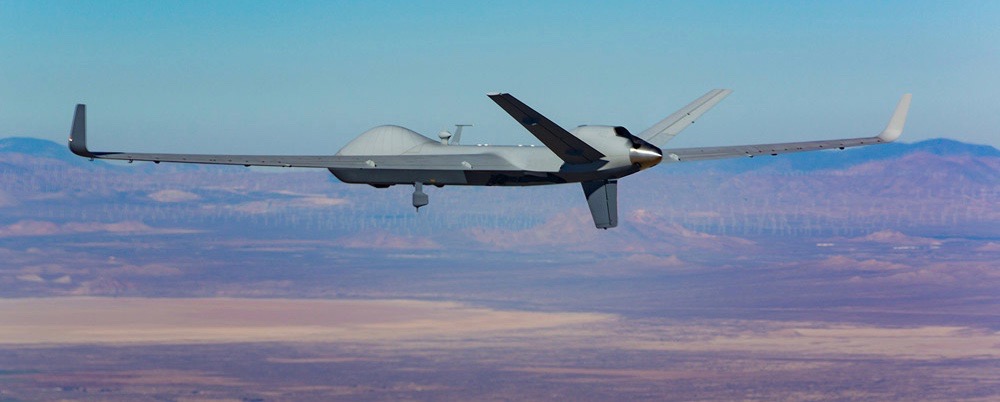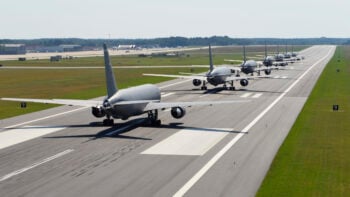 WASHINGTON: House appropriators are worried that the Air Force’s latest try to replace the MQ-Reaper isn’t fully baked and might lead to a capability gap between the service’s planned divestiture of the venerable hunter/killer drone and any follow-on.
WASHINGTON: House appropriators are worried that the Air Force’s latest try to replace the MQ-Reaper isn’t fully baked and might lead to a capability gap between the service’s planned divestiture of the venerable hunter/killer drone and any follow-on.
“The Air Force’s fiscal year 2021 budget request proposes to terminate production of MQ–9 aircraft, citing an excess of aircraft compared to projected operational requirements. The Committee does not accept this proposal and recommends additional funding for 16 MQ–9 aircraft. The Committee is concerned that the Air Force has reached this decision without adequate planning for a follow-on system,” the House Appropriations defense subcommittee (HAC-D) wrote in their report accompanying the draft 2021 DoD spending bill.
The full committee will mark up the draft bill tomorrow, which adds $343.6 million for procurement of 16 MQ-9s — 16 more than the Air Force asked for, after it announced in February plans to terminate production at prime contractor General Atomics.
The HAC-D’s insistence on continuing the program echoes strong support from the House and Senate Armed Services Committees for continuing the Reaper program. The SASC version of the NDAA added $50 million to the program; the HASC added $108 million.
The HAC-D noted that, while the Air Force has initiated a replacement program called the “Next Generation UAS ISR/Strike Platform,” initial operating capability isn’t planned until 2031. (And everyone knows the likelihood of maintaining the originally planned IOC on a brand new program is slim.)
Indeed, Air Force Materiel Command (AFMC) already has extended the response time for interested vendors to offer concepts in response June 3 request for information (RFI) from July 15 to July 24, according to a July 7 announcement on beta.SAM.
The RFI notes the effort is “still in the very early requirements definition phase and is conducting market research to inform our acquisition strategy.” Air Force acquisition czar Will Roper told the HASC in March that the service is currently studying a family of systems, ranging from high-end and expensive drones that would be highly survivable in peer conflicts to low-end, “attritable” aircraft that might be commercially acquired.
“The purpose of this RFI is to research potential solutions for the Next Generation UAS ISR/Strike platform, the Next Generation Medium Altitude UAS and potential follow-on program to the MQ-9 weapon system. The Air Force is also interested in researching alternative ways to support future lower-end, lower-cost ISR missions which may include initiatives to modernize, augment, and/or replace existing systems. This RFI inquires about unique and innovative practices that can deliver relevant capability efficiently, timely and at a reduced life-cycle cost,” the RFI states.
The HAC-D, however, wants the Air Force to pick up the pace and is demanding that Air Force Secretary Barbara Barrett submit a report to Congress with the 2022 budget request “on an MQ–9 follow-on program to be designated as MQ–Next.”
“The goal of the MQ–Next program should be to accelerate the development and fielding of a next-generation medium altitude unmanned aerial system,” the committee adds. “The report shall detail the desired features of such a system, the cost and timeline required to achieve development and fielding, proposed measures to ensure full and open competition, and an explanation of how such a system would fulfill the goals of the National Defense Strategy.
Ironically, MQ-X was the name of the service’s first effort to replace the Reaper, which was cancelled in 2012.
Army inching towards late FY25 Chinook Block II full-rate production contract
Boeing recently announced the Block II helo’s first maiden flight and plans to deliver the first production aircraft to the service in the coming weeks.


























